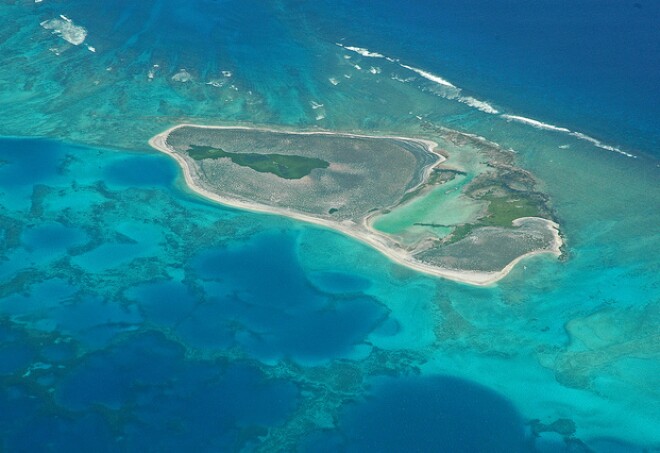Overview
When’s the best time to go to The Big Island?
The Island of Hawaii offers two seasons, but just barely. In the summer, temperatures average in the mid-80s, and in the “winter,” the average drops to the high 70s. Hurricane season, from June to November, rarely touches the islands, though unpredictable bouts of rain may occur, particularly on Hawaii’s tropical Hilo side. August and February bring fewer tourists and lower prices. Throughout the year, the island’s distinct climate zones enable travelers to experience sunshine, rain, and even snow in one visit.
How to get around The Big Island
Mainland domestic travelers can land directly at both Hilo and Kona international airports, but most international and many domestic flights connect through Honolulu International Airport on Oahu. Honolulu serves major U.S. airlines alongside international carriers like Japan Airlines, Qantas, Air New Zealand, and Air Canada. Hawaiian, Island Air, and Mokulele airlines operate interisland flights for travelers arriving from within the state of Hawaii.
The Island of Hawaii may seem small, but it is large and low-density enough to warrant a car rental. Guests who prefer to stay in one place for most of their trip can rely on taxis and shuttles, and tour companies typically provide pickup services and meet guests at their hotels. But a car is recommended for a trip including both sides of the island. Allow two hours to drive between Hilo and Kona, an hour from Hilo to Volcanoes National Park, and 90 minutes from the town of Volcano to South Point. With some scheduling flexibility, travelers can take advantage of plentiful roadside stops.
Can’t miss things to do in The Big Island
The active Kilauea Volcano is one of the Island of Hawaii’s most distinct features. There, travelers will see the power of Pele—the Hawaiian goddess of fire, lightning, wind, and volcanoes—as they watch the lava flow from Kilauea into the Pacific Ocean. Plan to spend at least one full day at Volcanoes National Park to explore the crater, numerous hiking trails, lava tubes, petroglyphs, flowers, and scenic drives. Make sure to look up Kilauea’s activity level on the USGS website before you visit. Updates are also available at the park’s visitor center.
Food and drink to try in The Big Island
Diners can find a variety of cuisines in Hawaii. The dominant Asian and South Pacific island cultures exercise their influence over most menus, with an increasing emphasis on family recipes and local ingredients. Make sure to try the seafood, including Hawaii’s signature Ahi Poke, and any other fish that arrives freshly caught. The Kona side of the island has a larger number of dining options and types of cuisine, while Hilo offers a selection of smaller stand-alone restaurants.
Culture in The Big Island
Historians believe that the first South Pacific islanders to reach the Hawaiian islands landed their boats on Hawaii’s South Point. Other important historic sites include the birthplace of King Kamehameha I, thousands of petroglyphs etched by the island’s first settlers, and Kealakekua Bay, where Captain Cook was killed. Also notice the sugar, coffee, and macadamia nut plantations, which have been a mainstay of Hawaii’s agriculture for generations.
In addition to U.S. federal holidays, Hawaii observes a unique calendar of state holidays that honor the history and culture of the Hawaiian people. Parades and festivities mark Kamehameha Day, Prince Jonah Kuhio Kalanianaole Day, and Statehood Day. The Island of Hawaii hosts the Merrie Monarch Festival to honor King David Kalakaua with music, a parade, local crafts, and an internationally acclaimed hula contest. If you’re on the island in October, don’t miss the annual Ironman World Championship, held in Kona.
Local travel tips for The Big Island
Capturing Hawaii’s sense of “aloha,” sharing it with others while on the island, and bringing it back home with you is a great way to earn the locals’ respect. Pay a meal forward for another traveler or local family, offer a genuine smile as you greet someone, and treat the Hawaiian aina (land) and culture respectfully. A bit of cultural awareness will encourage friendships among fellow travelers and locals. When you’re planning your trip, remember that the island is large and offers much to explore. Tourists often over-plan their stay and end up disappointed when they don’t accomplish everything. Plan just one or two experiences each day, and give yourself the flexibility to discover something unexpected or rest for an afternoon.







